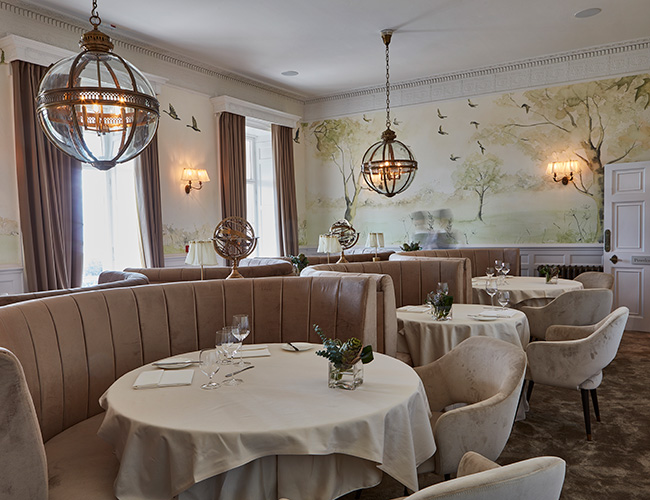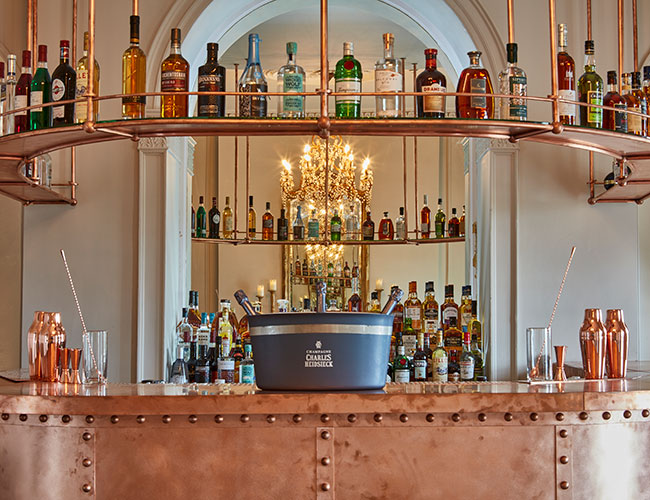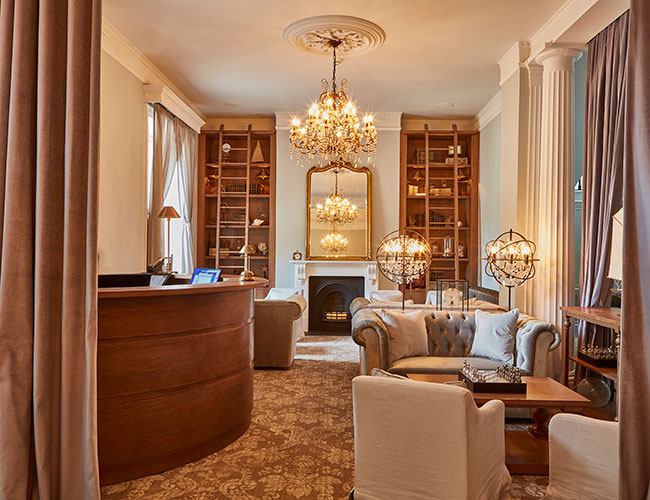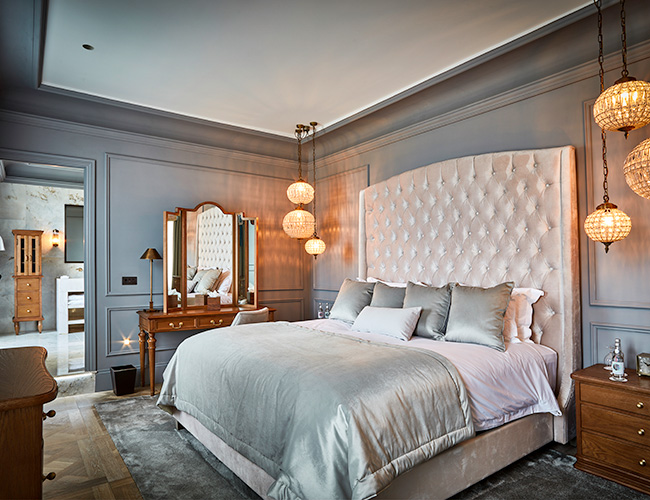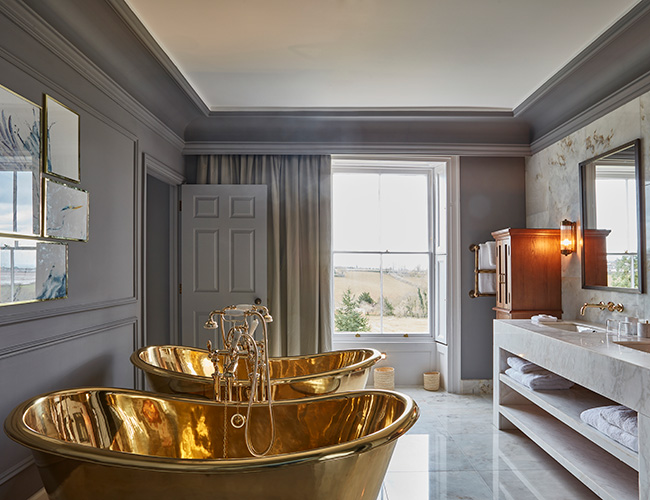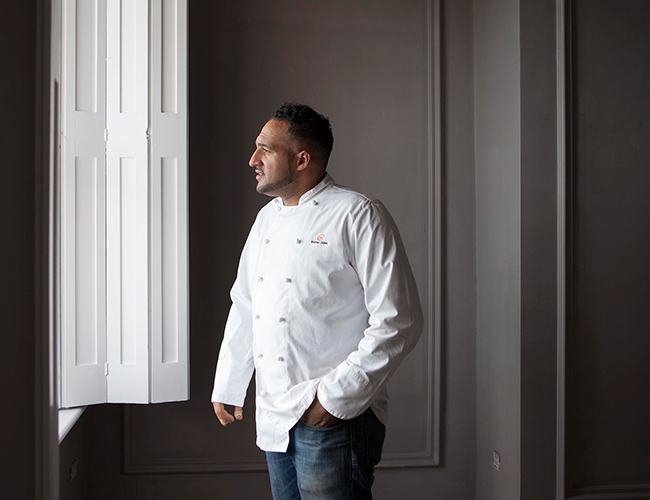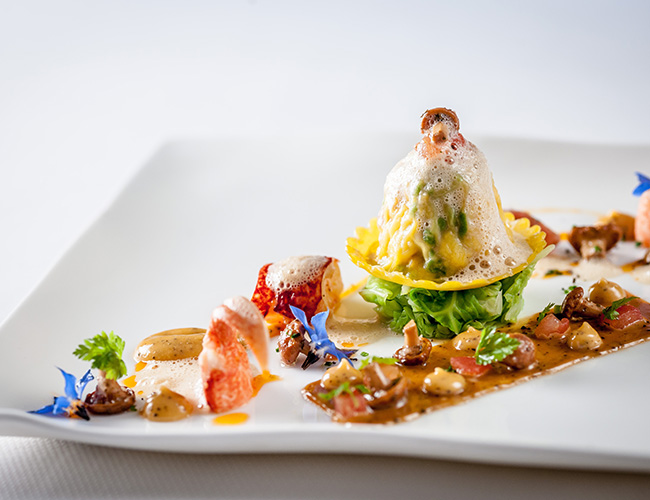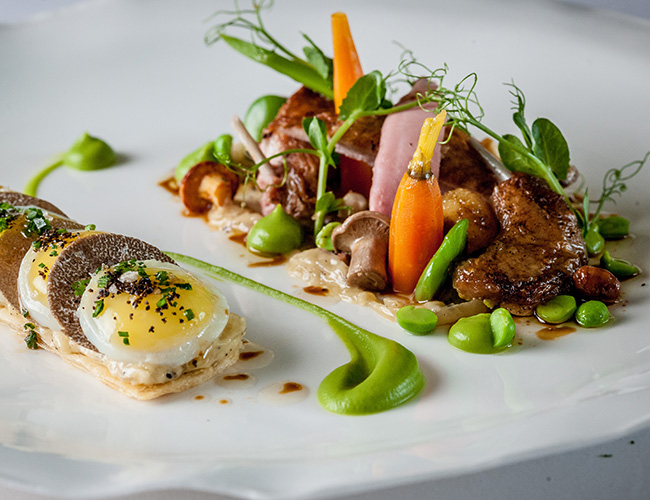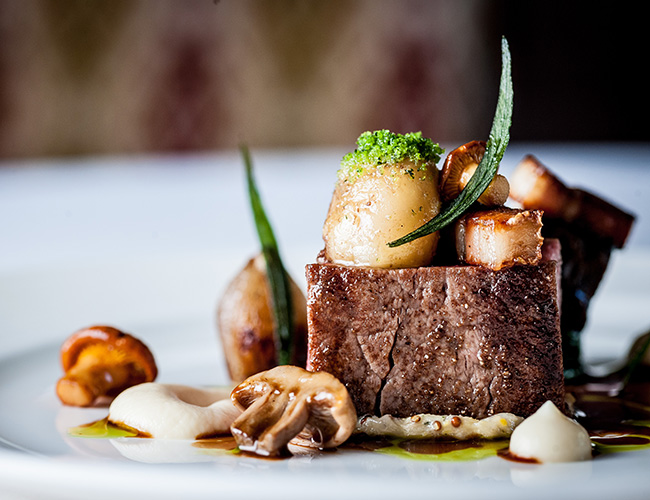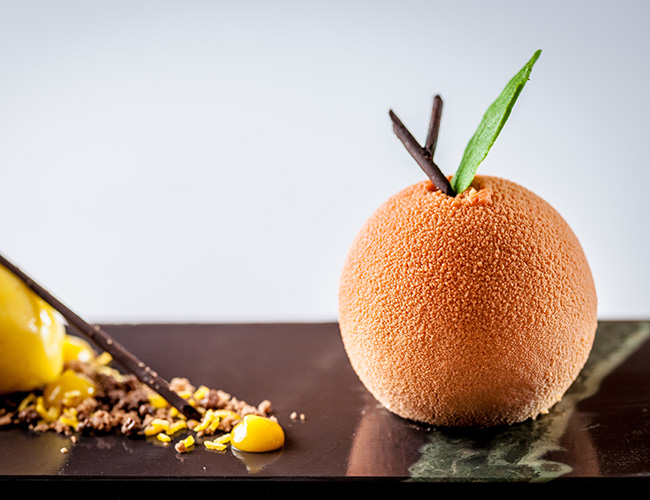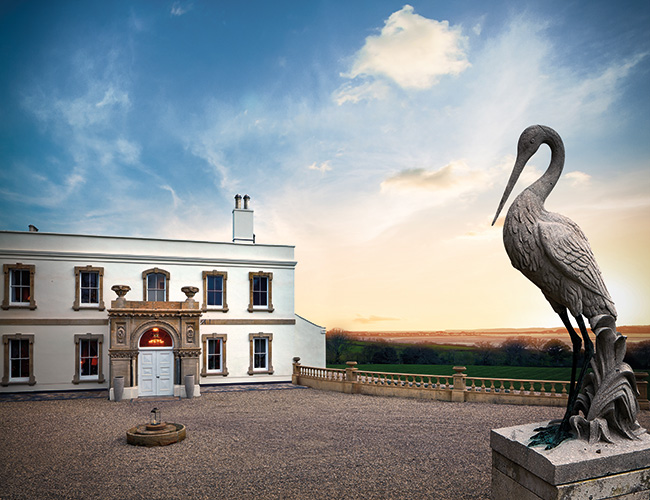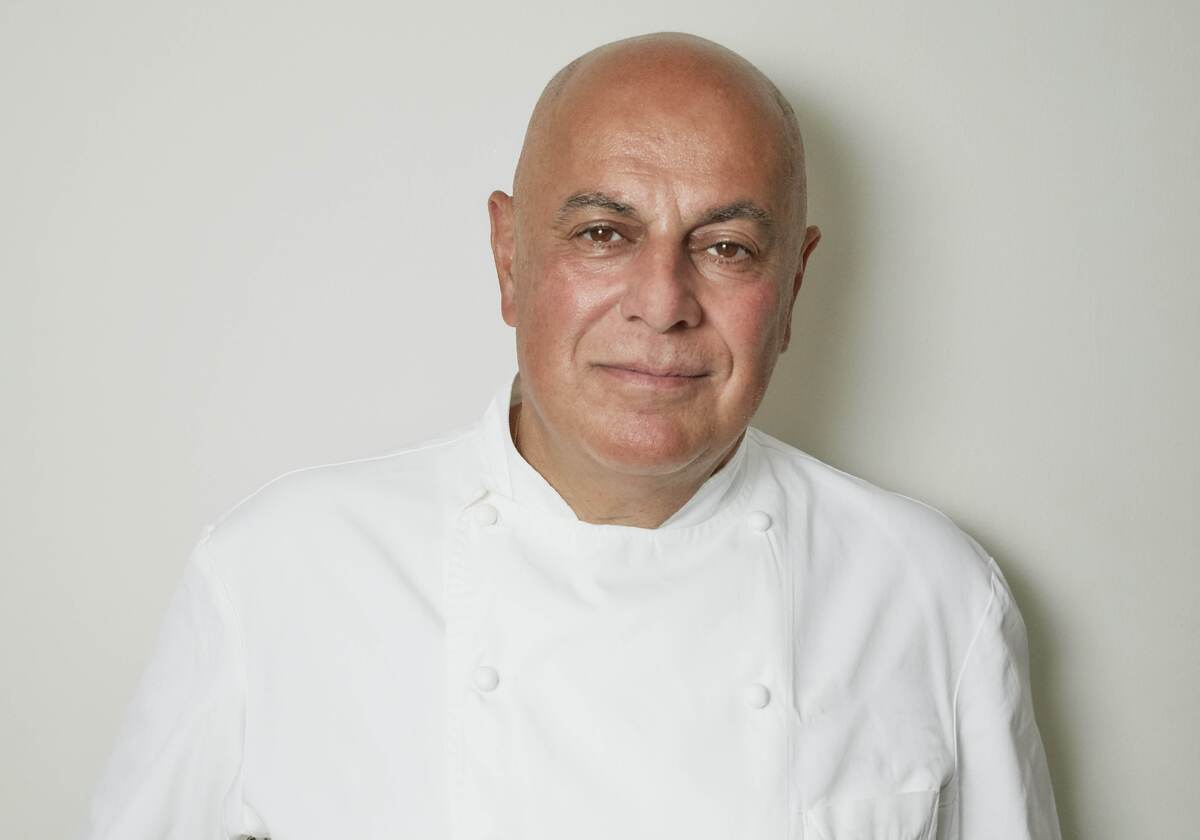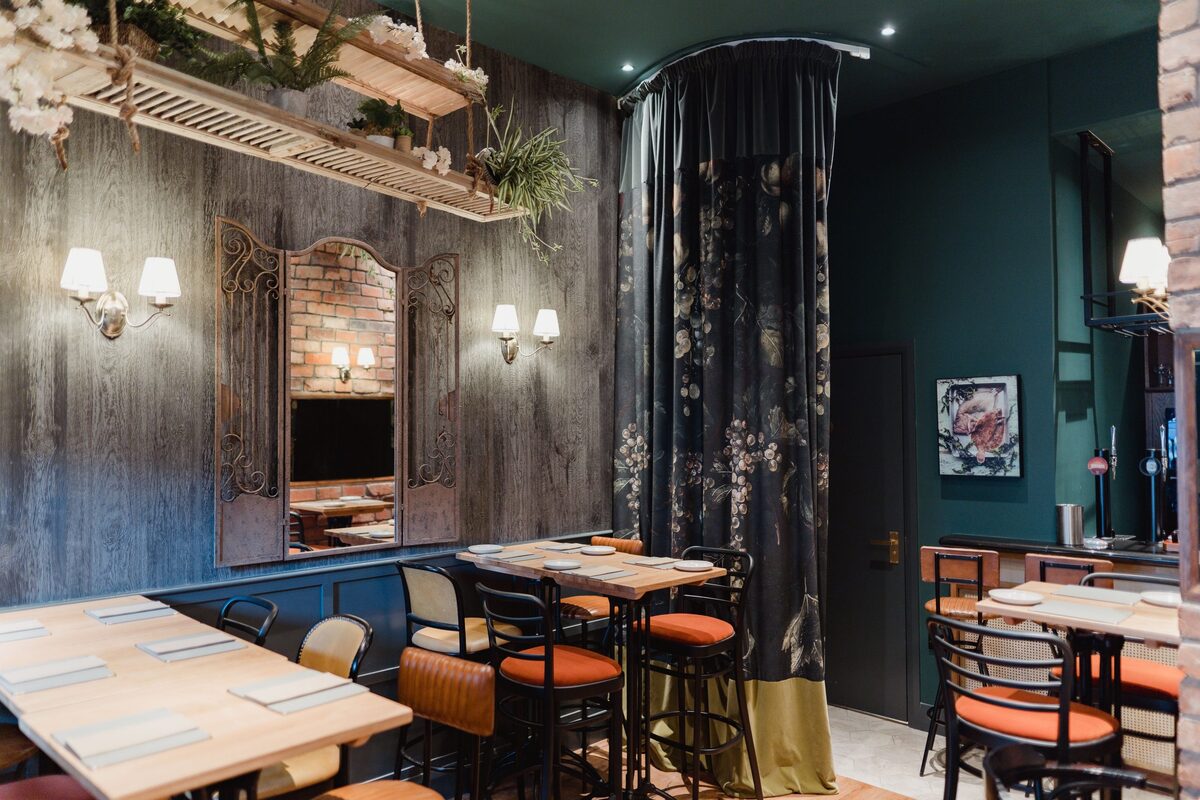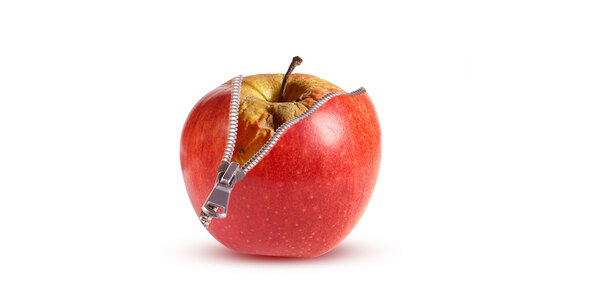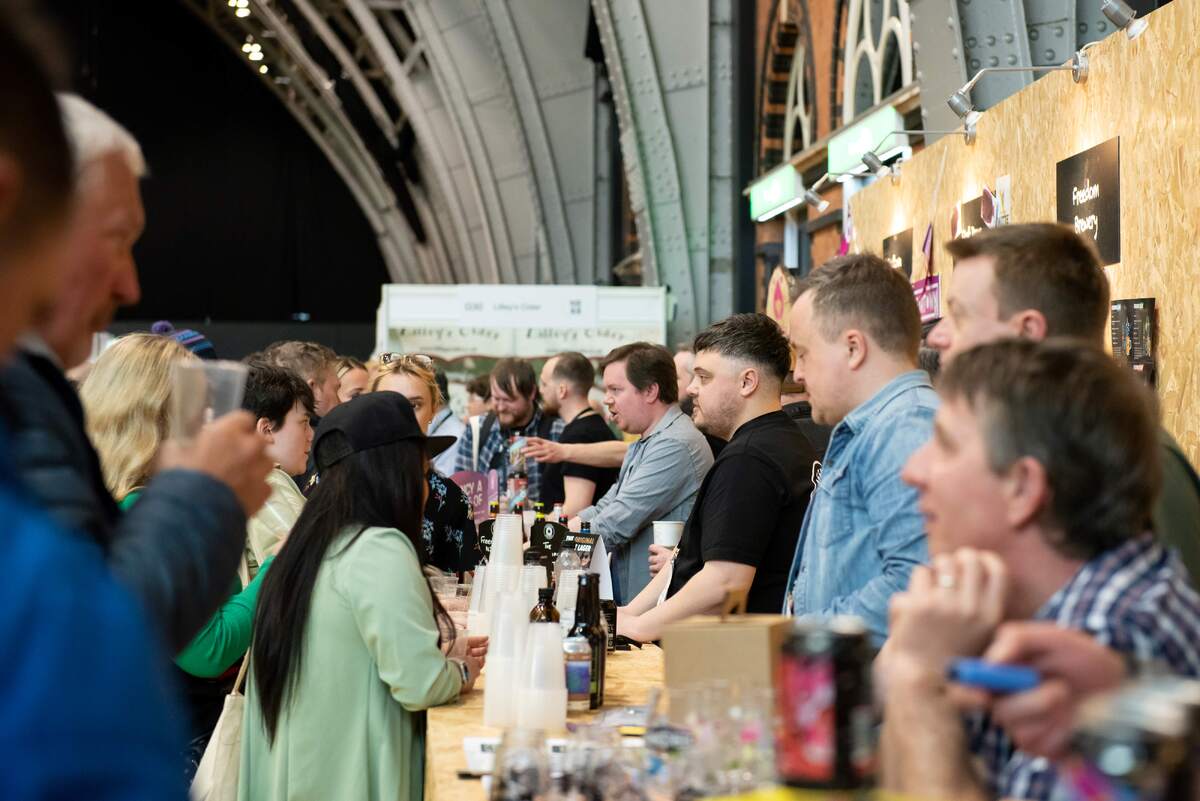Living the dream: Michael Caines shows us round Lympstone Manor, his new hotel
With the acquisition of the spectacular Lympstone Manor, near Exmouth in Devon, Michael Caines has fulfilled his long-standing ambition of owning his own hotel. Janet Harmer went to visit
The surprise on driving up to the entrance of Lympstone Manor is that no-one had snapped it up and turned it into a hotel before Michael Caines. Set in an elevated position, with sweeping lawns running down to the Exe estuary and views to Exmouth and beyond, the location is up there with the best of any hotel in the UK.
"I could have searched the entire country and not come up with such an exceptional location," explains Caines. "I'm a Devon boy, born just a few miles away in Exeter, and I never knew this place existed. I think it was waiting for me. It captured my heart and it's now time for it to capture others."
The 21-bedroom Lympstone Manor opened at the end of March, following a 16-month renovation project, which involved transforming the previously ramshackle Grade II-listed Georgian mansion into Caines' vision of a country house hotel for the 21st century.
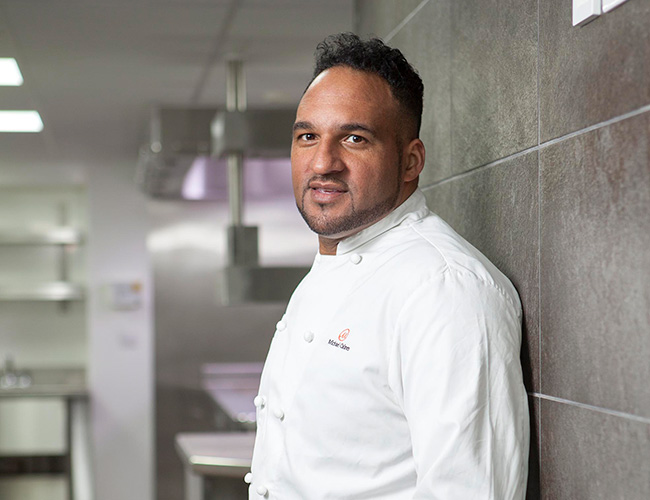
"I don't do period dramas; we're not looking to pretend that I'm part of some dynasty or family that has long since gone," he says. "And I don't do shabby chic, which may be charming but is also an excuse for under-investment. I'm here to celebrate the future and the contemporary, while at the same time embrace the historical architecture of the house."
Caines' ambition to own his own hotel stems back to the days when he took over the food and beverage operation at the Royal Clarence hotel in Exeter (see panel). Although he did go on to acquire the Clarence in partnership with Andrew Brownsword, further hopes of being offered a financial stake in Gidleigh Park in Chagford, Devon, where he eventually spent 21 years as executive chef, never materialised.
It has been a long haul, but Caines has been involved every step of the way and with every detail, from drawing up the room layouts to selecting key items of art and furniture. He even became the principal contractor halfway through the project because he was unhappy with how it was proceeding. âEverything you see here is my decision,â he says.
Inspired by Restoration Hardware, a luxury American home furnishings brand, Caines worked alongside architect Rud Sawers and London-based design company Meraki to create his vision of a contemporary country house hotel. Meraki designed all the furniture, which was made by 2install in Glasgow.
To reflect the locality, the birds that live in and around the estuary provided the names of the bedrooms, as well as the colour palette, from the soft greys used in the top Heron suites to the blue jewel tones found in Kingfisher and an indigo shade with black and white accents in Magpie.
Overall, the look and feel of Lympstone is one of carefully considered luxury, highlighted by deep, comfortable sofas in beige and cream, sparkling chandeliers and nero marquina and estremoz marble flooring in the Berry Head dining room. Yet, while the finest cutlery (Welch range from Studio William), glassware (Veritas range from Riedel) and china (Serax, Jars, Jacques Pergay and Villeroy & Boch) on white tablecloths is also the order of the day, Caines wants the hotel to be somewhere guests can relax, so there is no expectation of what they should wear and there is background music âto set the tone so that no-one has to bloody whisperâ.
The sense of indulgence continues into the bedrooms, where high-speed broadband is available alongside free phone calls to anywhere in the world, GHD hairdryers and straighteners, LâOccitane fragrance and a complimentary tray of Williams gin from the Chase Distillery and Fevertree tonics.
Caines is confident that he has put into reality the original vision he dreamt up on first seeing the building he renamed as Lympstone Manor. âThe rooms are beautiful, yet unpretentious,â he says. âWhen did you last go to a hotel and feel âwow â" this is really stylish and sumptuousâ?â
He returned to the UK in 1994 to take up his first head chef position at Gidleigh Park, then owned by Paul and Kay Henderson, in Chagford, Devon. Just two months into the role, Caines suffered a devastating car accident in which he lost his right arm. Yet, just two weeks later, the determination and ambition that has stuck with him throughout his career ensured he was back at work in the kitchen part-time. He returned full-time after four weeks.
An Acorn winner in 1996, Caines was awarded his first Michelin star soon after arriving at Gidleigh Park, followed by his second in 1999. He was presented with the Chef Award at the 2002 Cateys and received an MBE for services to the hospitality industry in 2006.
He resigned as food and beverage director of Brownsword Hotels in 2014 and left Gidleigh Park as executive chef in early 2016, having acquired Lympstone Manor in September 2015.
In addition to running Lympstone, Caines is co-host of the Channel 4 programme My Kitchen Rules, as well as appearing on the BBCâs Saturday Kitchen, MasterChef, Great British Menu and Channel 4âs Sunday Brunch. He also consults on the food and beverage operations at Kentisbury Grange, near Barnstable, Devon, and Palé Hall in Llandderfel, Gwynedd, as well as providing food for the Williams F1 team at its motorhome facility during race weekends.
âI will know we have succeeded if we have a place that people want to come to and leave feeling happy,â he says.
Guests and customers who are familiar with Cainesâ food will recognise many dishes, or variations of dishes, from Gidleigh Park. âIâve got to play to my strengths â" I canât throw away 18 years at two-star level to start a new fad. I know what Iâm good at and am starting with that, but as we move forward, weâll evolve,â he explains. âThereâs a whole group of followers out there who are coming back to enjoy my food. It would be silly to change now.â
In the middle of the day, the Estuary menu is replaced by a lunch menu, with a choice of three dishes at each course, costing £45 for two courses or £55 for three.
Caines is especially proud of the two tasting menus, which reflect the influence of his two great mentors, Raymond Blanc and Bernard Loiseau. The braised turbot with River Exe mussels and cockles with tomato and basil sauce on the Estuary menu was inspired by Blanc. Meanwhile, the orange confit in the chocolate orange confit mousse with orange confit sorbet, which completes the Signature menu, originated with Loiseau.
The orange confit is made by piercing the fruit 10 times, which is then blanched 10 times to remove the strength of flavour. The oranges are candied in stock syrup for 10 hours before being blended to create the sauce which, as well as being inserted into the centre of the ball of chocolate mousse, is also used as the basis of the orange sorbet.
âIt is an incredibly time-consuming dish,â explains Caines.
⢠Langoustine cannelloni with braised fennel and shellfish sauce
⢠Quailâs egg tartlet, onion confit, black truffle and smoked bacon, and a light quail jus
⢠Cornish salt cod, Beesands crab, chorizo, samphire, tarragon and lemon purée
⢠Pan-fried duck liver, orange braised chicory, caramelised walnuts and marinated raisins in an orange sauce
⢠Fillet of Darts Farm beef braised cheek, horseradish and shallot confit, celeriac purée, mushrooms and red wine sauce
⢠Selection of cheese
⢠Apple mousse, green apple sorbet, vanilla foam
⢠Chocolate orange confit mousse, orange confit sorbet



